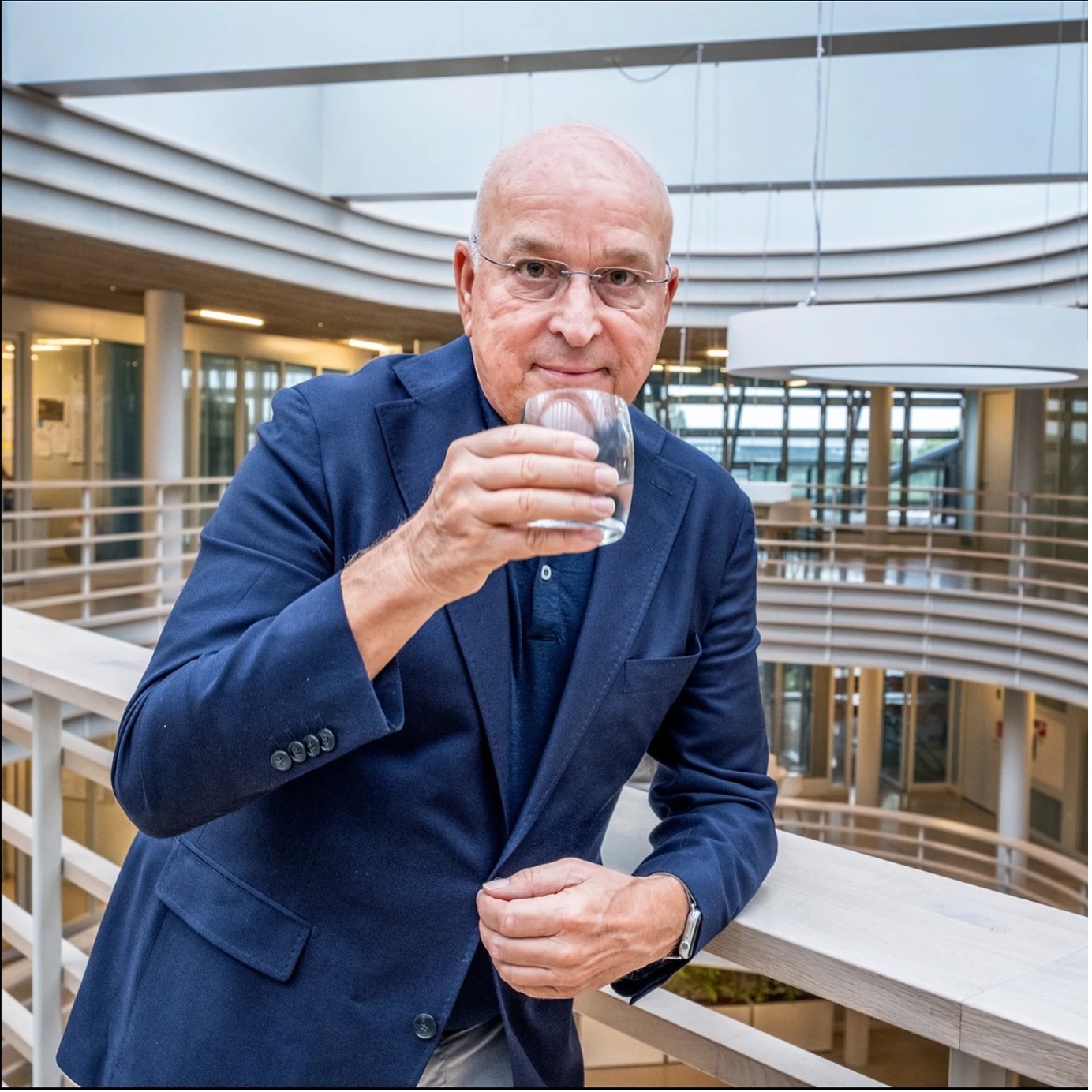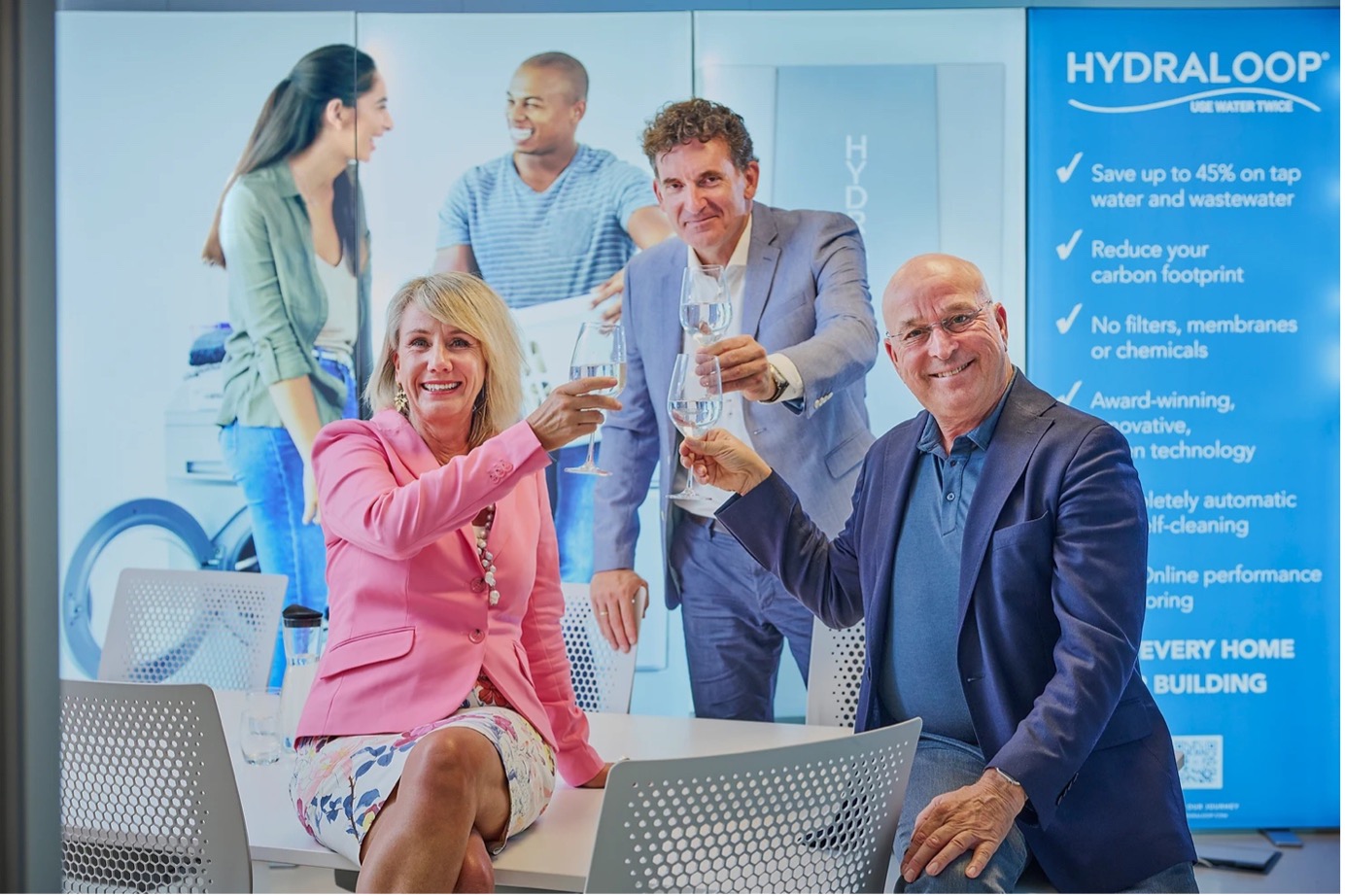5 minute read
Adjusting regulations for future drinking water supply is essential
‘A drinking water shortage is looming in the Netherlands, due to the need to build 900,000 new homes by 2030. Dutch drinking water companies indicate that this is unfeasible,’ ENVAQUA states in a released press release together with partner Water Alliance.
The industry association emphasizes the need for water-saving techniques in homes and buildings. It also calls on the responsible ministers Jetten (Climate), Harbers (Infrastructure) and De Jonge (Housing) to amend the Building Code and Drinking Water Decree, with a letter on Sept. 26.
In March 2022, the Dutch association of water utilities (VEWIN) already warned that it is uncertain whether drinking water companies will soon be able to supply drinking water for the 900,000 new homes planned for 2030. Finding and utilizing new drinking water sources is becoming increasingly difficult. Water companies are also running into more and more legal and administrative obstacles. With a handout in September, VEWIN called for changes to the Buildings Decree and the Drinking Water Decree, and the industry association ENVAQUA also endorsed this.
In the letter sent to the cabinet, ENVAQUA’s Expert Group on Water Use in Built Environments provides additional recommendations to set up the Buildings Code and Drinking Water Decree in the Netherlands in such a way that we can realize a structural drinking water supply as fast and far as possible. This is extra urgent because of the interrupted gas supply from Russia: reuse of household water leads to energy savings.
Drinking water stress points
In its recently published handout ‘Securing the drinking water supply in the short and long term’ VEWIN describes stress points that arise in the drinking water supply in the short or long term. The explorations show that all drinking water companies urgently need to increase their production capacity in order to be able to meet the supply obligation (in the long term). The question, however, is whether that is the right solution. ‘It is the way we have met the need for drinking water for the past hundred and fifty years. But it is linear thinking, at a time when circularity is the social norm,’ says Ignaz Worm of ENVAQUA.
Water savings
According to ENVQUA, the solution lies in water-saving techniques and heat recovery. Households could also save more water. Worm: “Head consumption can be reduced, as in Belgium, from 130 liters per person per day to less than 100 liters per person per day, a saving of more than 20%. And the reuse of household water and wastewater also leads to significant energy savings.” The seventeen companies affiliated with ENVAQUA provide the technology to save at least 20% of water in new homes while recovering energy from hot water. For example, a recycle shower (Upfallshower), waterless urinals (Biocompact), small water treatment systems for rainwater (Mijn Waterfabriek), household water (Hydraloop), wastewater (Desah) and other solutions. To implement these techniques, it is important to adapt the Building Code and Drinking Water Decree.
Adjustments to the Building Code
For Chapter 5 of the Building Code, the recommendation is that municipalities can impose instructions and obligations on building plans through customization. Water-conscious buildings should be central, at both the plot and district levels. This can be done through the construction of rainwater harvesting and utilization systems, as well as greywater treatment and reuse systems. The expert group adds, “It is also our recommendation to use the term household water. This is in line with the designation in the Drinking Water Decree, where household water is referred to as a source of rainwater or recycled greywater.
Ensuring public health
To ensure public health in water-conscious buildings, appropriate standards and certifications must be included. A home that is “Water Savings Ready” can be realized by installing a dual piping network. There is then a separate domestic water pipe network to the toilets, washing machine, and garden. There is then also a separate drain of greywater from the shower, bath, and washing machine for treatment and recycling.
VAT exemption and reduced delivery rate
The purchase and installation of household water reuse facilities should be exempt from VAT. Finally, it also calls for an adjustment of the VAT rate to 9% for the supply of household water, as is already the case for the purchase of solar panels.
Adjustments Drinking Water Decree
Furthermore, the request is to adapt the Drinking Water Decree (Article 4) to allow the use of household water for more applications than just toilet flushing, such as use for washing machines and garden irrigation. Domestic water produced by greywater treatment plants and from rainwater systems should also be able to be used in collective networks. Here, too, public health must be safeguarded by establishing standards and certification for rainwater harvesting and use, and for water reuse, as well as how and by whom it is monitored.
This article is a literal translation of the original article “Aanpassing regelgeving voor toekomstige drinkwatervoorziening is seen must” in Dutch, written by Ilse Bos, and published by Waterforum. All copyright lies with Ilse Bos and Waterforum.





